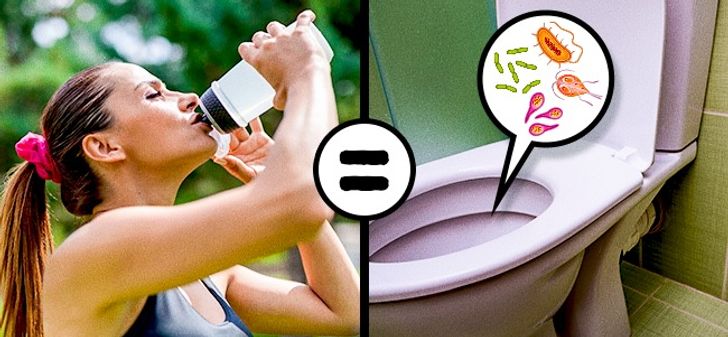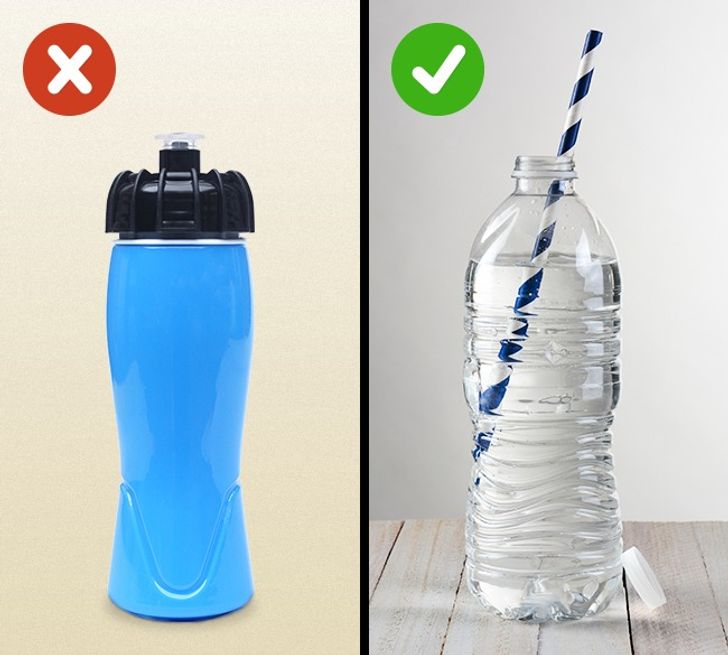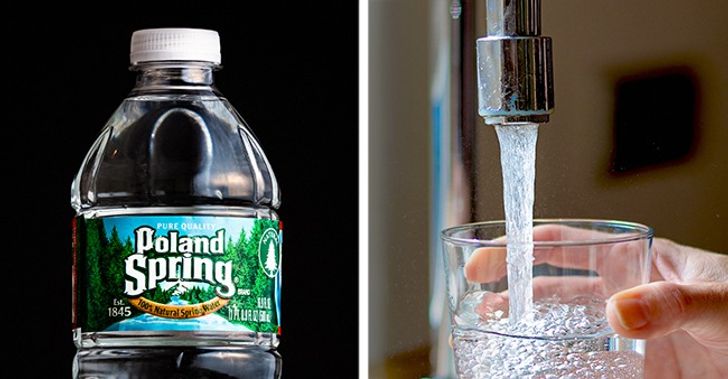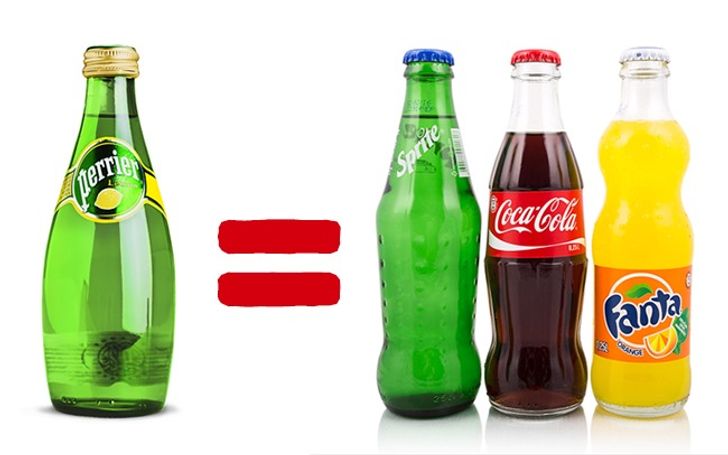Or better yet, simply avoid buying bottled water, period. Carry your own water, in reusable jars, that have lids with straws. They can easily be sterilized, after a few uses, by running them through a vinegar wash, or a bleachwater wash (though vinegar leaves less on the material than bleach does). Your water from your tap is likely as clean and good as bottled water, and if you have any concerns, you can research what your water actually has. You can use water filters to make sure your water is safe to drink - and you'll be spending much less, and saving water, too. To create a liter bottle of drinking water, at least 7 more liters were wasted - how is this even legal?
4 Ugly Truths About Water Bottles Manufacturers Don’t Want You to Know
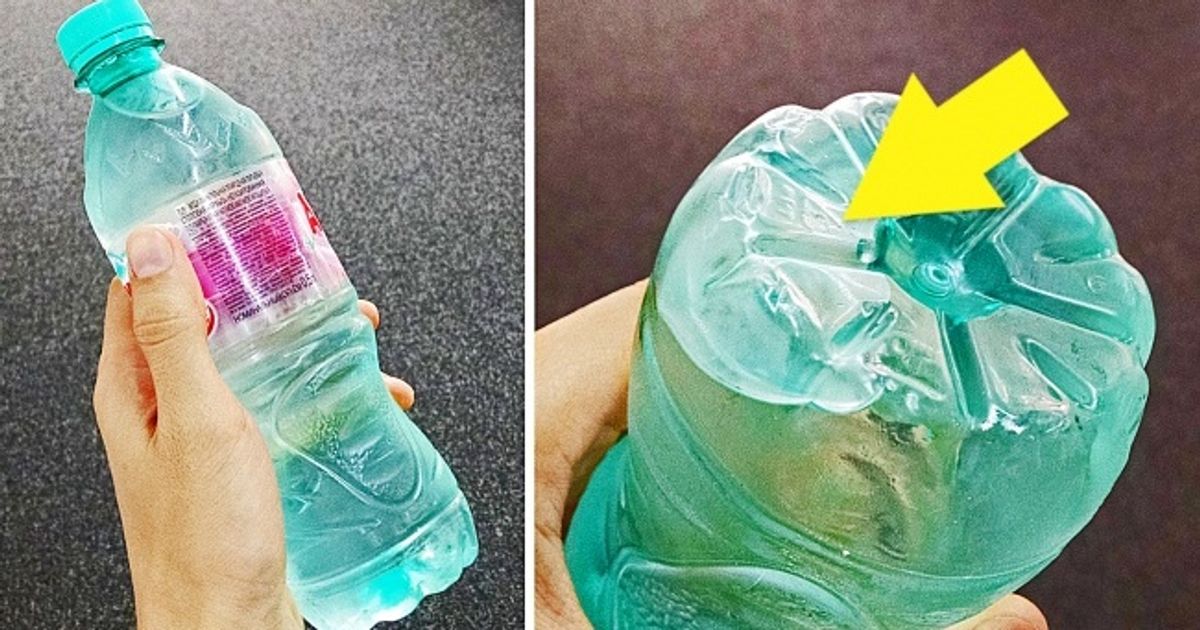
We all drink water from plastic bottles, but do you know what dark secrets are under the cap?
Bright Side is revealing the 4 main ones for you.
4. Why we shouldn’t reuse plastic bottles
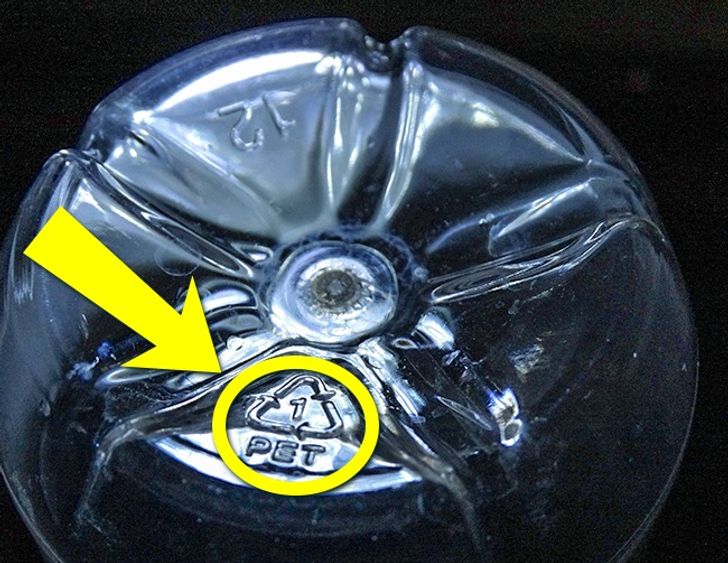
A plastic bottle can exude dangerous chemicals. Pay attention to the special signs on the bottom: those numbered triangles indicate which kind of plastic was used.
- A bottle labeled 1 (PET or PETE) is only safe for a single use. When exposed to oxygen or high temperatures, including sun heat, such a bottle will discharge toxic substances that get into the water.
- Avoid bottles labeled 3 or 7 (PVC and PC) as they exude toxic chemicals able to penetrate your food and drinks, and lengthy exposure can even result in severe health problems.
Bottles made of polyethylene (2 and 4) and polypropylene (5 and PP) are suitable for multiple uses. They’re relatively safe if you only store cold water in them and regularly disinfect them.
3. Bacteria and basic hygiene breaches
Drinking water from a used plastic bottle is almost the same as licking a toilet seat, a dog’s toy, or even worse scientists say. The amount of bacteria in such bottles often exceeds safety limits. We create the perfect growth conditions ourselves by taking the bottle with dirty hands, not rinsing it thoroughly enough, and keeping warm water in it.
What to do then? Wash bottles regularly with warm soapy water, vinegar, or antibacterial mouthwash.
Even with washing the bottles thoroughly, we may still get food poisoning or even hepatitis A. Research showed that most bacteria live on bottle necks that you can’t wash well enough. Twist caps and sliding caps teem with germs that you swallow along with water. To be on the safe side, use a straw.
2. Where does your water come from?
A lot of companies love to mention on their packaging that the water you buy comes from a picturesque stream. But the truth is a lot of times the water you buy in a bottle is identical to the water you get from your faucet at home!
Actually, you can even see that on the bottle itself, usually in a tiny text that everybody neglects. Companies are obliged to explain that the source of water for them is the main water supply channel. That way the water costs way, way less than what you are paying for it!
1. Not really healthy
Not even mentioning the bacteria hazard, there are common misconceptions about water.
Bottled water companies want to attract the new market of young and sporty people. So they advertise bottled water with different tastes added to it, claiming "it’s healthier for you" than other sugary drinks.
Well, in fact, sometimes this water can contain as much sugar as a soda! To not be fooled by advertising, always check the information on the label.
Comments
Thanks for sharing such a nice informative article.
Blogger at Fierce running
Drinking water equals toilet seat. Got it! 😁
Related Reads
My DIL Excluded Me From Our Family Trip Photos—But She Didn’t Expect My Revenge
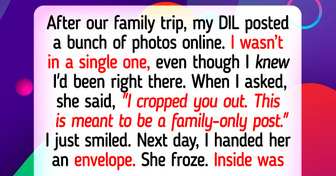
I Refuse to Stop Using My Pool Just to Please My Neighbor — Our House, Our Rules
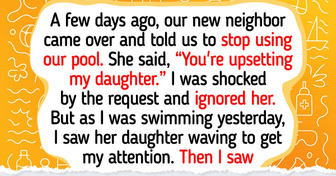
11 Heartwarming Stories That Prove Family Is Everything

I Refuse to Let My Father’s Secret Love Child Steal My Inheritance

10 Touching Stories That Show the Raw Truth About Blended Families
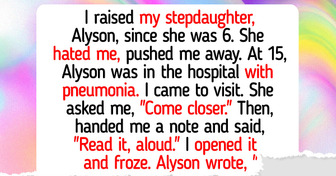
My In-Laws Told Me Not to Share a Bed With My Wife—I Am Furious
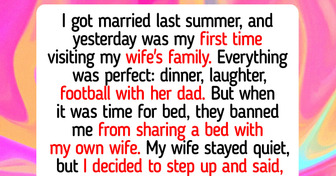
I Refuse to Be Left Out Without Consequences
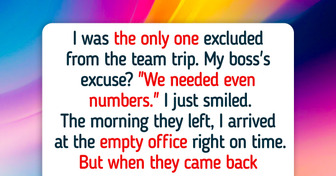
I Refused to Babysit My Grandkids Because My DIL’s Rules Went Too Far
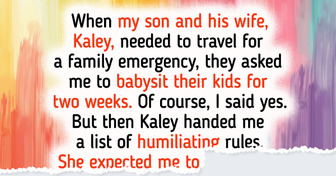
My Mom Ignored Me for Years, Then Suddenly Begged Me for Help
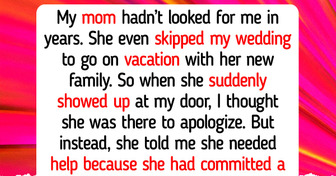
I Refuse to Let My DIL Treat My Home Like a Free Pantry
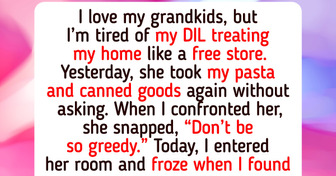
15+ People Shared What It’s Really Like When a Surprise Inheritance Lands in Your Lap
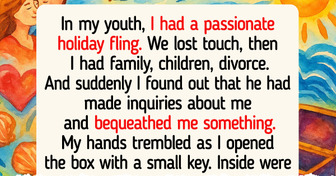
20+ Moments That Remind Us That Kindness Costs Nothing but Means Everything


